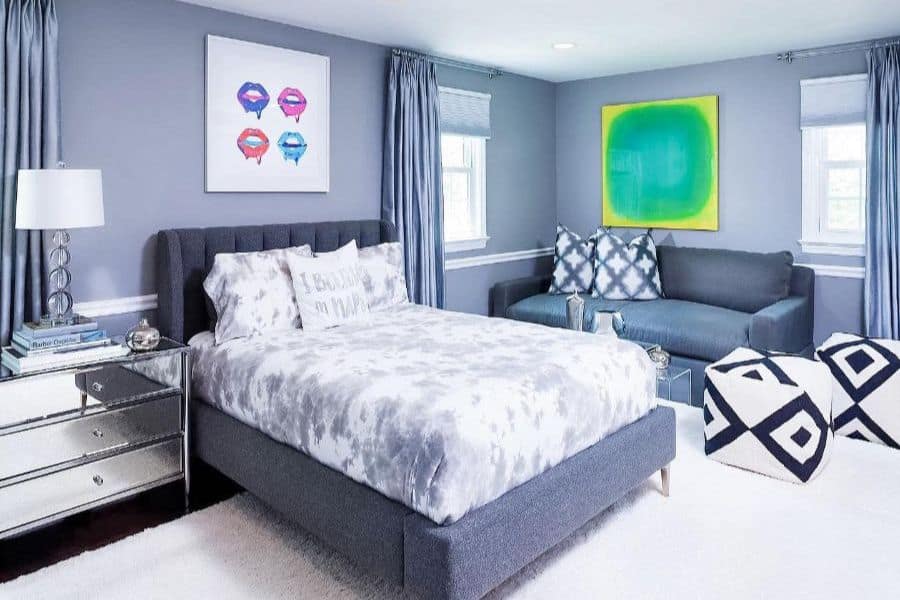Introduction: Selecting the right paint colors for your home is a crucial step in creating an inviting and harmonious living space. The colors you choose can influence the mood and atmosphere of each room. In this guide, we’ll explore practical tips to help you navigate the vast world of paint colors and make informed decisions for every room in your home.
- Consider Room Size and Layout: Before diving into specific colors, assess the size and layout of each room. Lighter colors tend to open up smaller spaces, creating an illusion of expansiveness, while darker tones can add coziness to larger rooms. Understand the dimensions to make informed choices that enhance the overall feel of each space.
- Understand Natural Lighting: Natural light plays a significant role in how colors appear within a room. Rooms with ample natural light can accommodate a broader spectrum of colors, while darker rooms may benefit from lighter shades to brighten the space. Consider the direction and intensity of sunlight to choose colors that complement the lighting conditions.
- Create a Unified Color Scheme: Establishing a cohesive color scheme throughout your home creates flow and continuity. Choose a primary color that serves as the base for the entire house and then incorporate complementary colors in different rooms. This approach ensures a harmonious transition from one space to another.
- Explore Color Psychology: Delve into color psychology to understand the emotional impact of different hues. Warm colors like reds and yellows can evoke energy and warmth, while cooler tones like blues and greens promote relaxation. Tailor your color choices to the intended purpose of each room to create the desired atmosphere.
- Consider Architectural Elements: Take into account the existing architectural elements of each room, such as trim, moldings, and built-in features. Choose colors that complement or highlight these elements, enhancing the overall aesthetic appeal of the space. Neutral tones often work well for these elements, allowing flexibility in wall color choices.
- Test Paint Samples: Always test paint samples before committing to a color. Paint a small section of the wall and observe how it looks in different lighting conditions throughout the day. This ensures that the chosen color reacts well with the room’s unique characteristics and meets your expectations.
- Think About the Room’s Function: Consider the function of each room when selecting paint colors. Bedrooms may benefit from calming and soothing tones, while vibrant and energetic colors can be suitable for a home office or kitchen. Tailoring the color to the room’s purpose enhances the overall functionality of the space.
- Opt for Timeless Neutrals: Neutral colors serve as timeless and versatile choices for any room. Shades like whites, greys, and beige provide a neutral backdrop that allows for easy incorporation of varying decor styles. Neutrals also create a sense of sophistication and adaptability.
- Coordinate with Furnishings: Coordinate your paint colors with existing furnishings and decor elements. Take cues from the color palette of furniture, curtains, and rugs to ensure a cohesive look. This approach ties the room together, creating a visually pleasing and well-thought-out design.
- Personalize with Accent Colors: Add personality and flair to each room by incorporating accent colors. These can be introduced through accessories, artwork, or a single accent wall. Accent colors provide an opportunity to infuse your personal style into the space without overwhelming the overall color scheme.
Conclusion: Choosing the perfect paint colors for each room involves a thoughtful consideration of various factors, from room size to natural lighting and personal preferences. By following these practical tips, you can navigate the color palette with confidence, ensuring that your home reflects your style while creating a harmonious and visually appealing environment.





